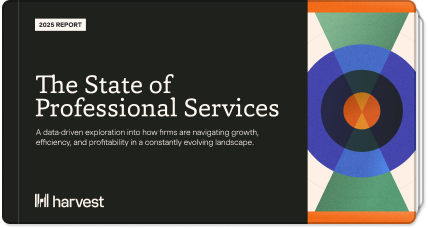Have you ever gone to get a simple car wash, only to be met by a pushy salesperson relentlessly offering you “the works?” You attempt to decline or state that you just had your car detailed last week and don’t need the extra services, but the pitch persists. Your simple errand is now a frustrating interaction with someone who doesn’t understand the word “no.”
You might even drive away with an unnecessary interior detail and expensive wax polish — but you probably also decided it’s time to find a new car wash, because regardless of if you gave in or not, it was an annoying experience.
This is a classic example of bad upselling, or a sales technique used to sell additional goods or services to existing customers. Many sales reps who care more about their bottom line than the client will push the upsell at all times, regardless of whether or not the client actually needs the upgrade. And this often results in a loss.
But if you switch gears and focus instead on the actual client experience, you can identify upsell opportunities that will actually benefit everyone involved. Take a look at these tips and tricks on how to do so without losing the trust of your client.
Understand their goals
At the beginning of your relationship with a client, it’s critical to gain a solid grasp on what success means to them. Discuss with them what they hope to gain through your service — and not just in the short-term. What are their long-term goals? What are their priorities?
Working to build this kind of thorough understanding not only helps you identify any additional services you can provide later down the line, but also builds trust from the very start.
Measure success
Take that understanding of your client’s goals and work with them to build an action plan with clear expectations and indicators of success for the relationship. Make sure you both agree on it, and include milestones that will help you keep track of the progress.
It’s the tracking that’s key here, because you need to be able to recognize if the current action plan is working. If it’s falling short, this is a good opportunity to identify areas where more resources would produce better results.
But in order to suggest this, you need to present it as a helpful idea — and also have a point of reference to back yourself up. This way you have a stronger argument that also highlights your focus on helping the client achieve their goals.
Tip: Tracking your progress against the client’s action plan is done best when you can provide them with transparency into how it’s going. With Harvest, you can keep track of projects in real-time and share data with clients on how things are going to build trust. Learn more about how to do this from an actual Harvest customer here.
If you can’t explain it, avoid it
Remember the car wash salesperson? They’re a prime example of why it’s never a good idea to push additional services if a client doesn’t need them. If you’re continuously trying to sell something that doesn’t fit into a client’s goals, you risk damaging the relationship — or losing it entirely.
A good way to gauge if an upsell is worth it is to ask yourself, “Can I explain how this add-on will benefit the client’s action plan?” If the answer is “no,” it’s best to drop the idea before presenting it to them. Then you can focus instead on clients with clear holes in their action plans and provide that additional resource pitch to them.
Provide social proof
Have you ever made a big purchase before doing a little research? Probably not — research shows that 75% of consumers search for reviews and testimonials before buying something. Most people need some evidence of success before committing, so when making your pitch, back yourself up reviews from other clients who’ve benefited from the same upgrade.
For example, you can do a little digging into your data and find the percentage of clients who are on the same plan as them that purchased the add-on. Or if you have testimonials from happy clients using the add-on, share them.
Use milestones as times to upsell
Upselling is all about timing — and it can be difficult to identify the best time to make your pitch. Use the milestones of the action plan as built-in checkpoints to have a conversation with your client about the future. This way you have a natural opening to present new ideas and other projects you’d like to tackle with them.
It’s also a good idea to position your upsell right after a win, because your proof of expertise is fresh on their mind.
Be transparent about pricing
It’s especially important to offer transparent, clear pricing information when trying to upsell a client — any vagueness around the proposal might give off the notion that you’re trying to take advantage of them.
Breakdown the additional resource with a complete layout of the timeline and costs. If the client recognizes the transparency and understands exactly what they’re paying for, they’ll be more comfortable agreeing to the upgrade.
There’s no one-size-fits-all when it comes to upselling – so don’t treat your strategy like there is. Each client has their own unique needs and goals, and if you prioritize that by showing real value through additional offerings, you’ll be more likely to make the sale while maintaining your relationship in the process.















